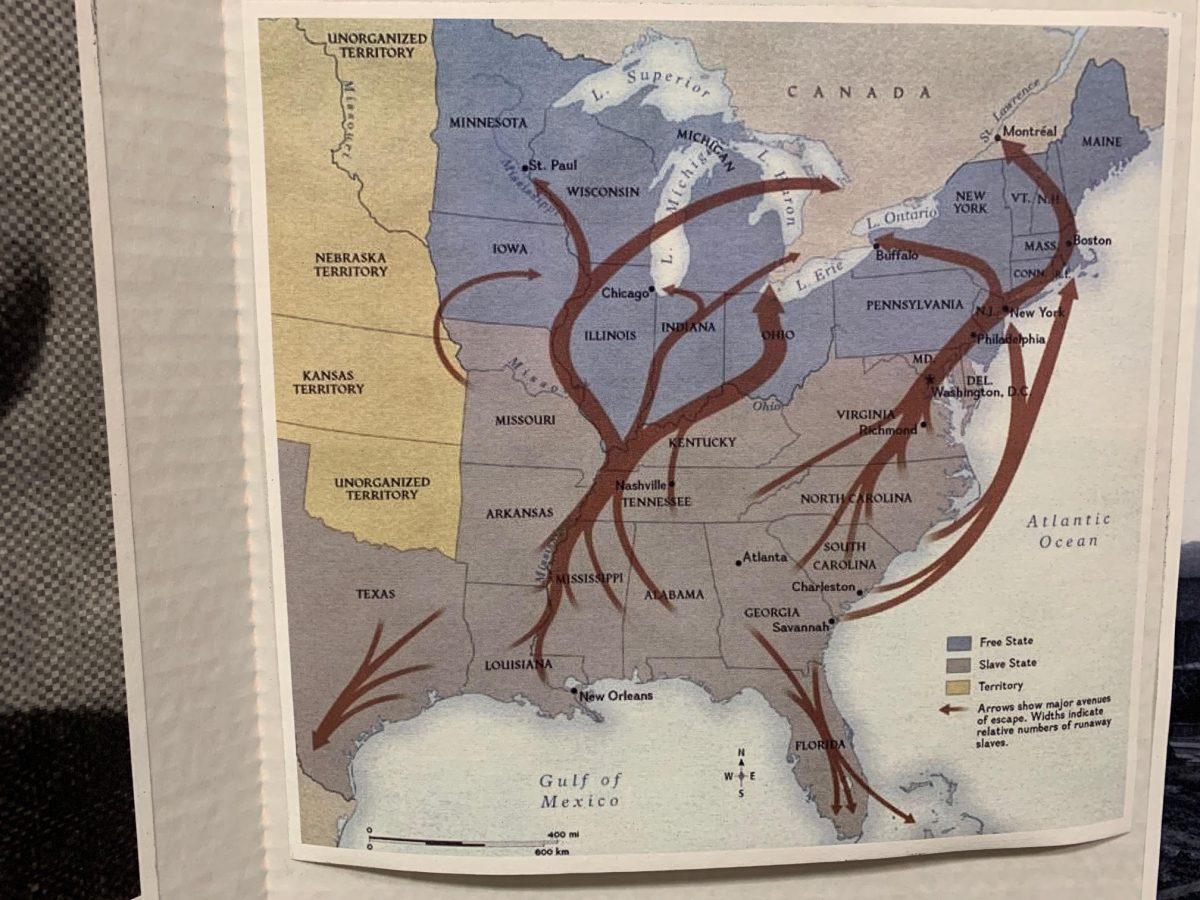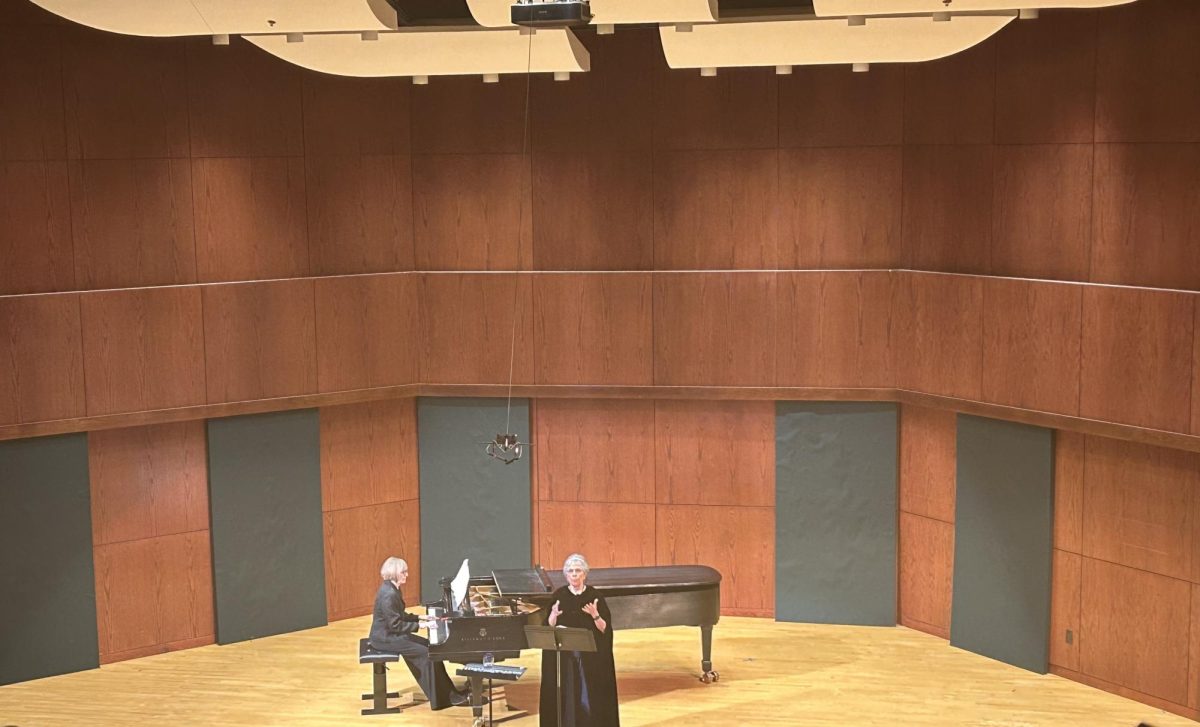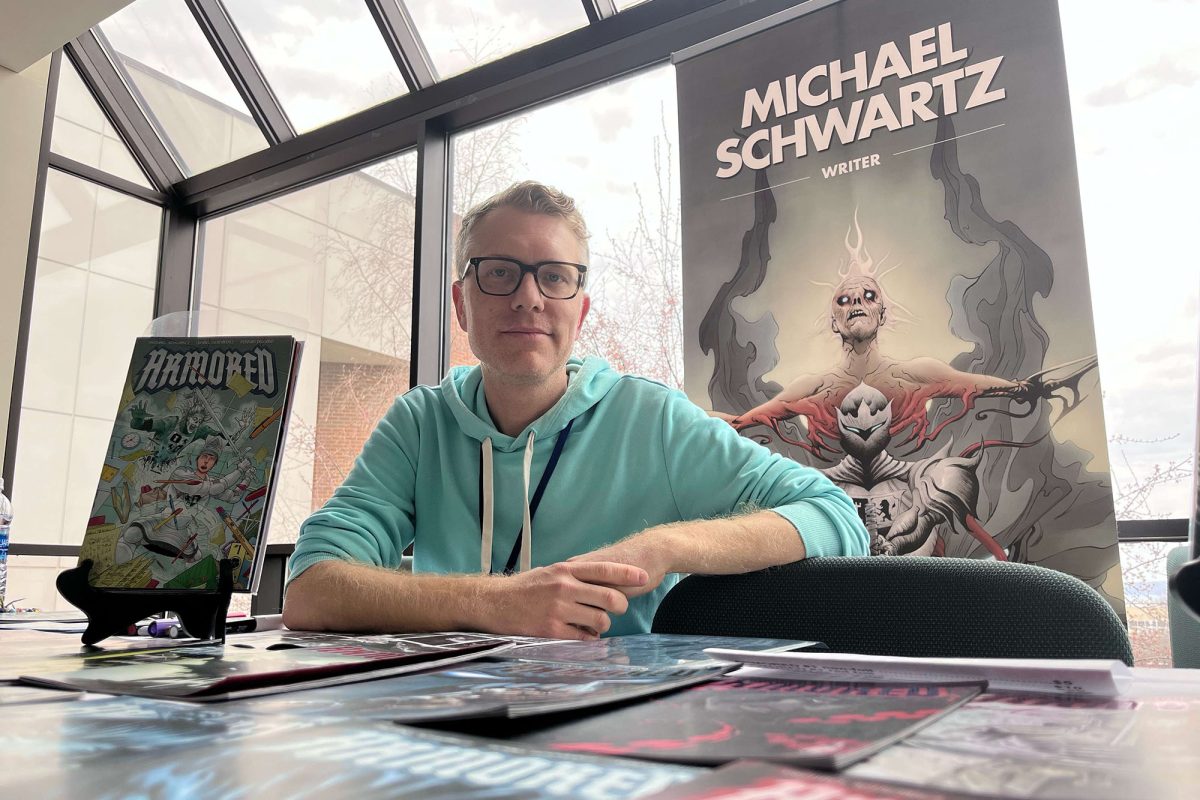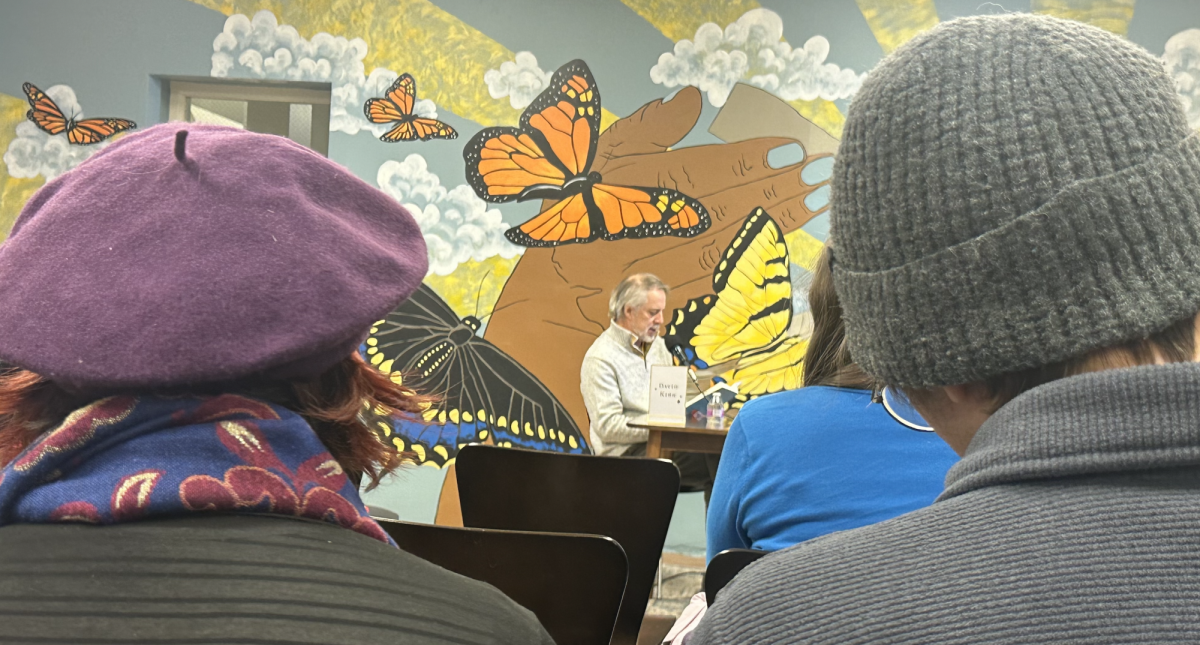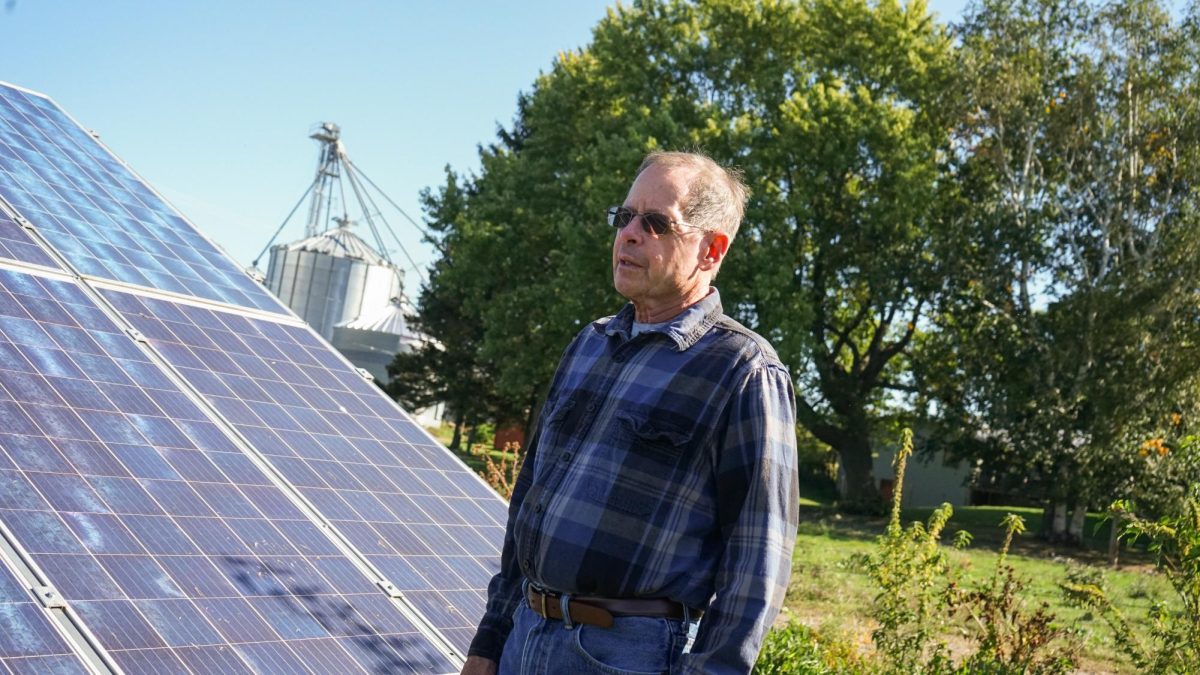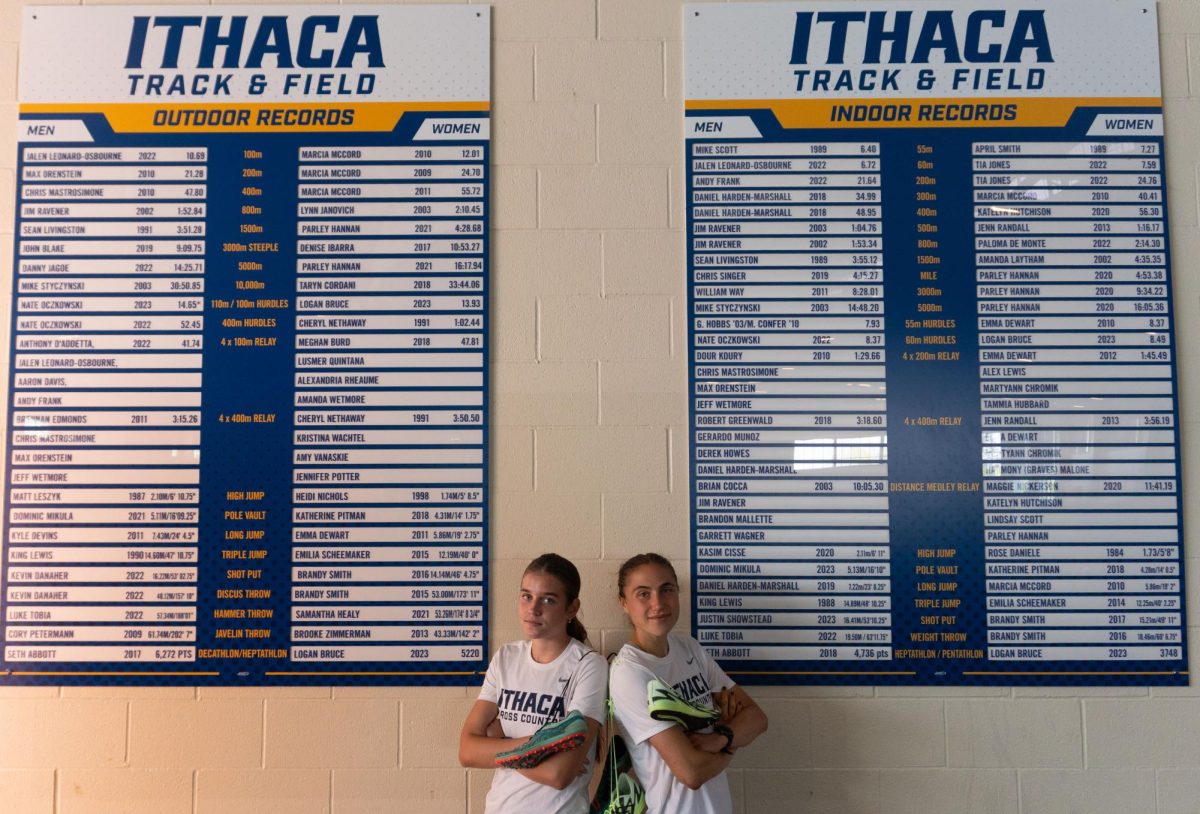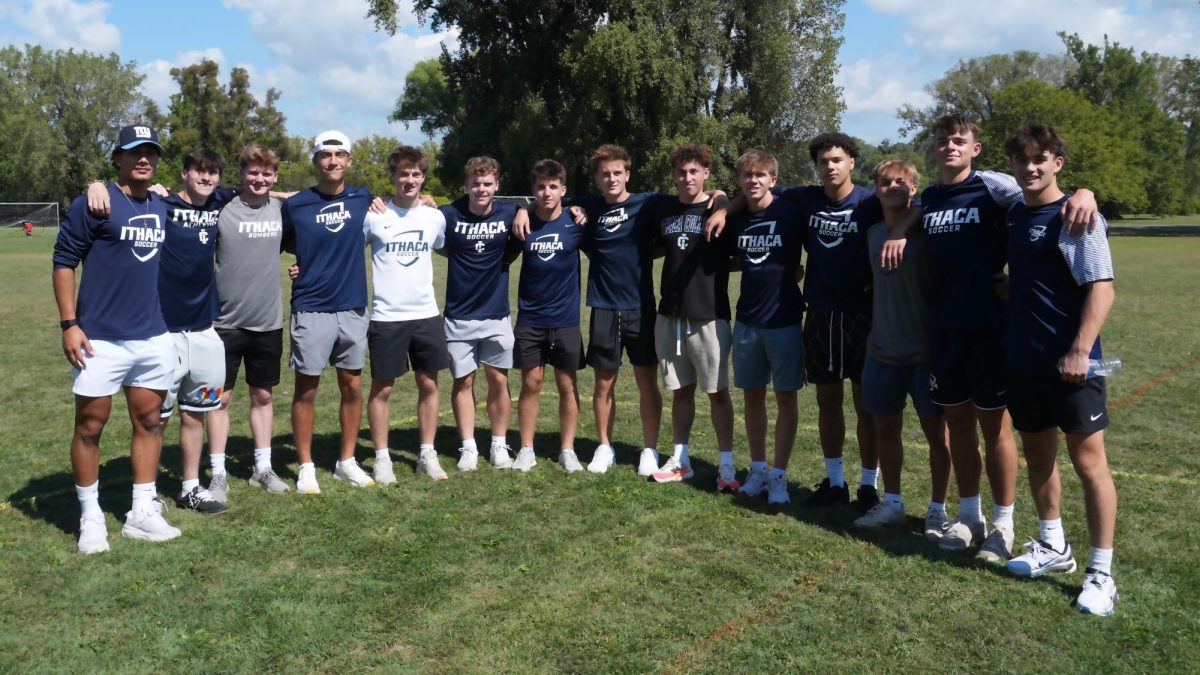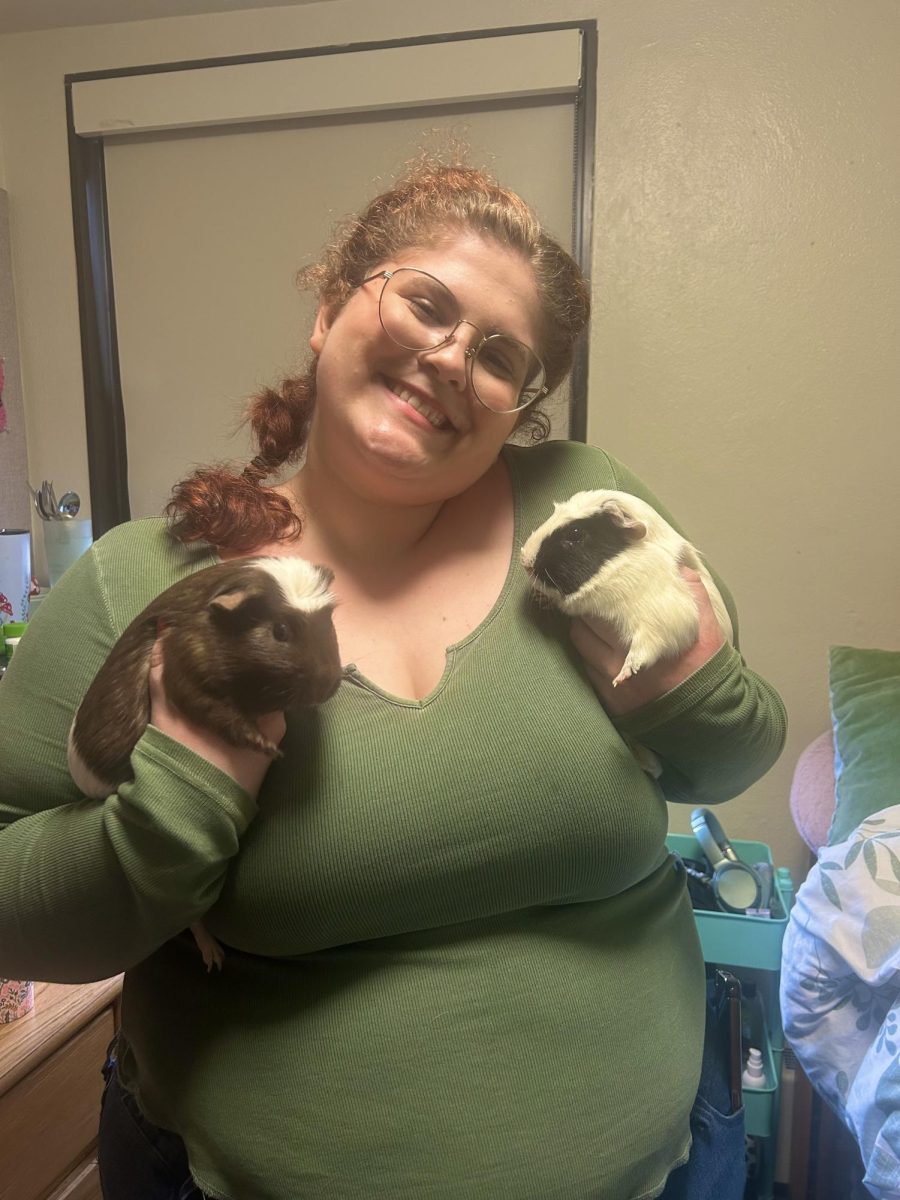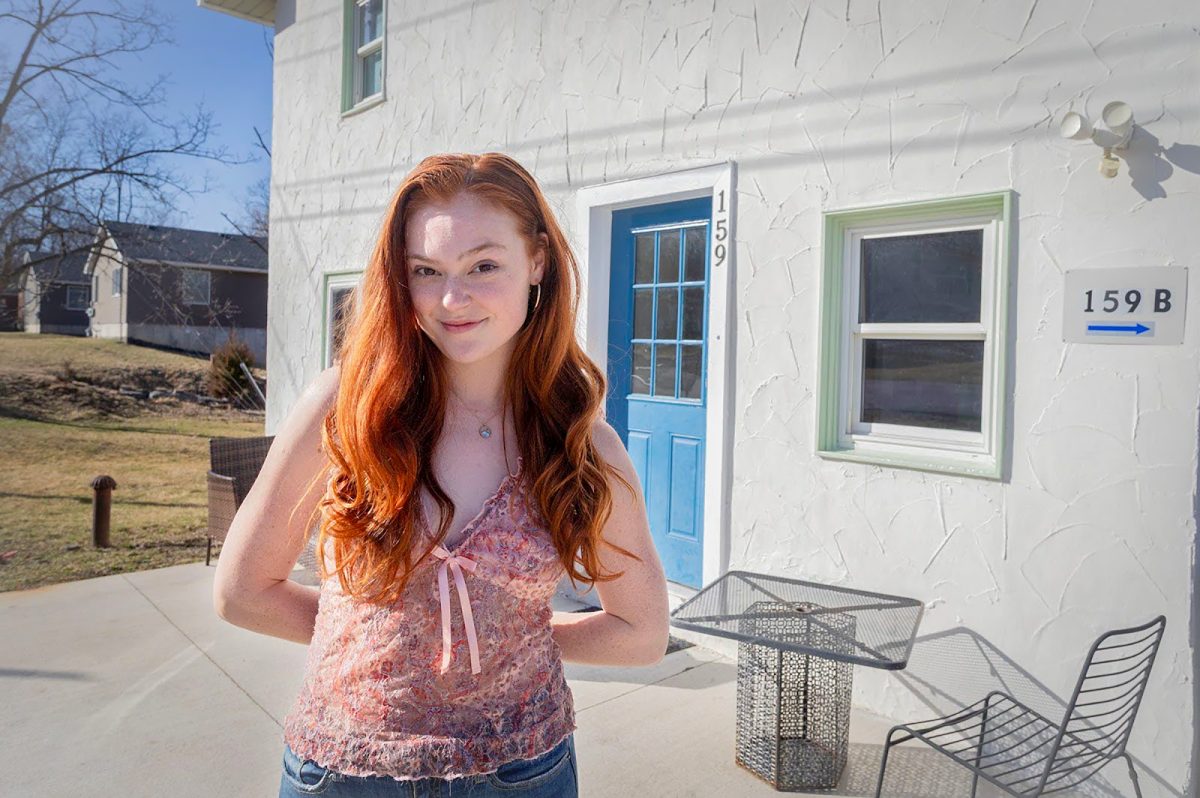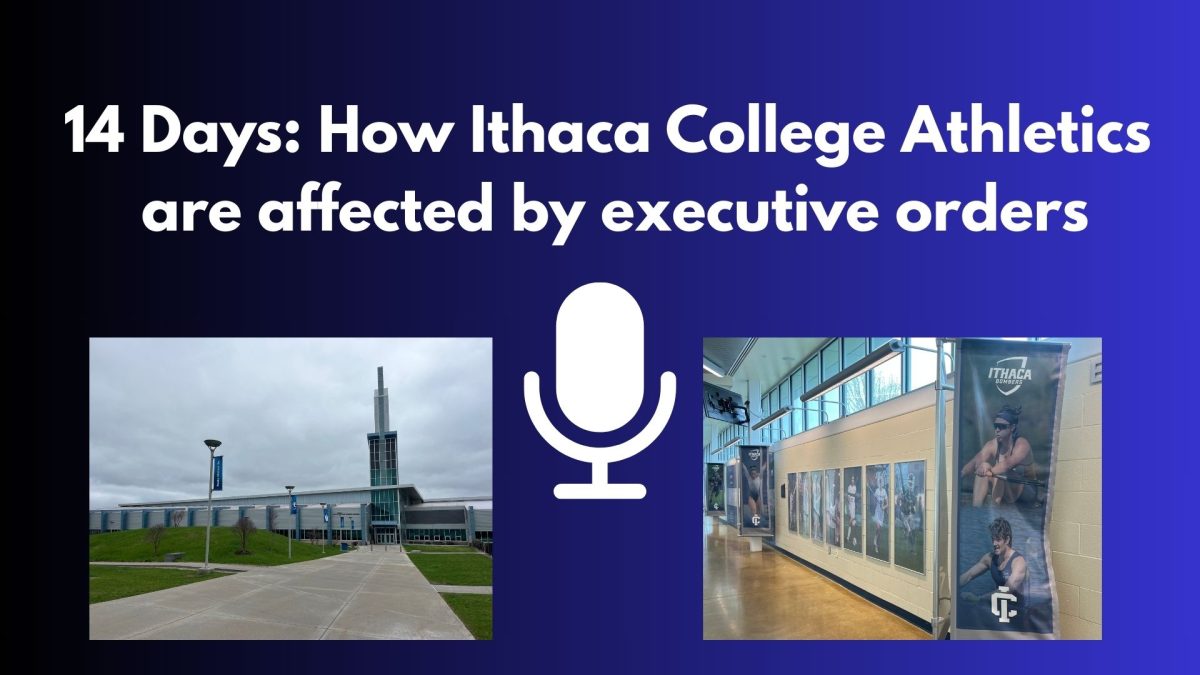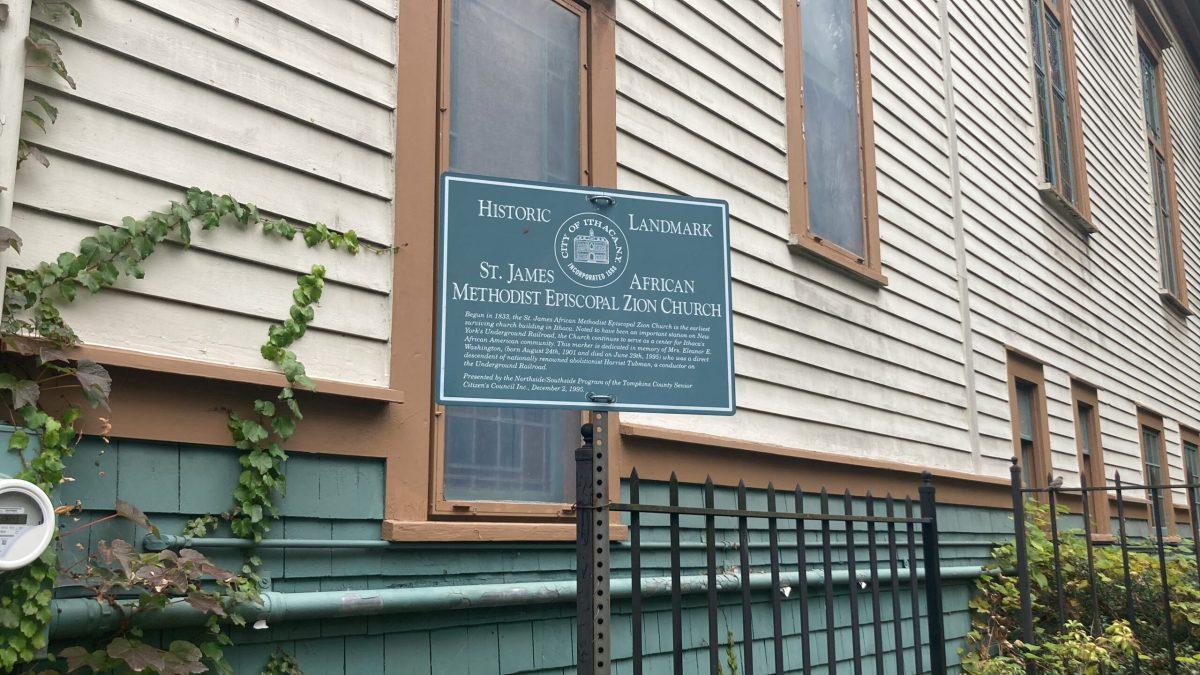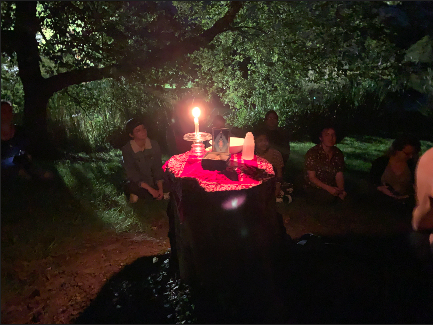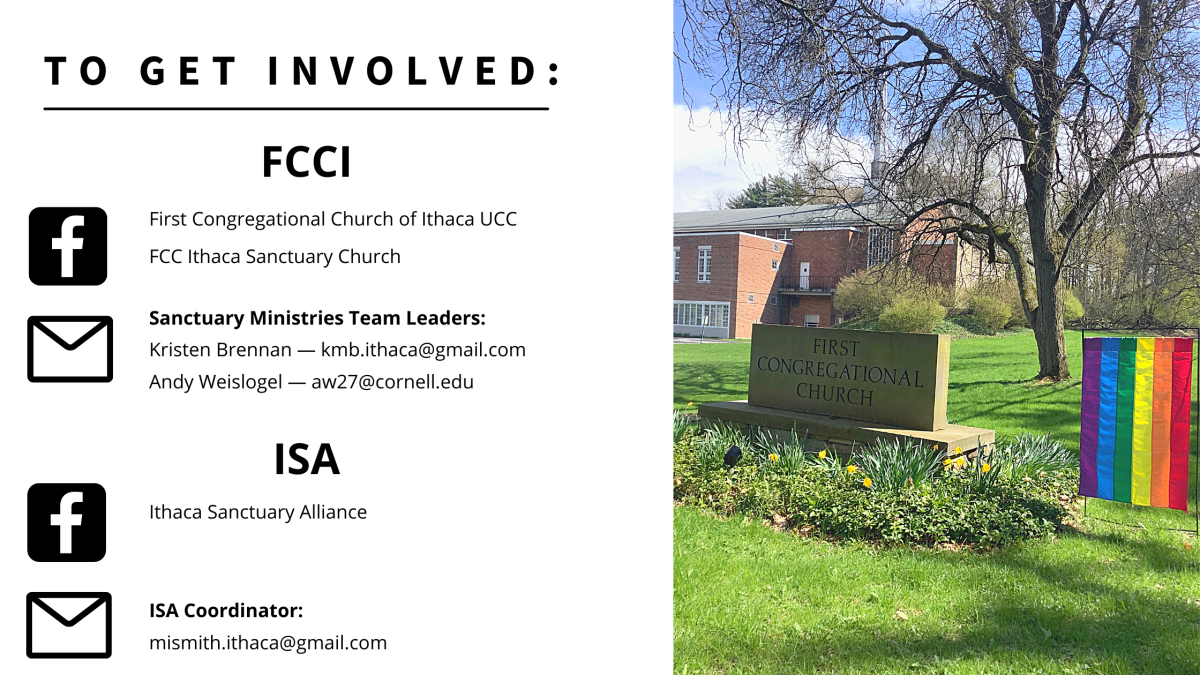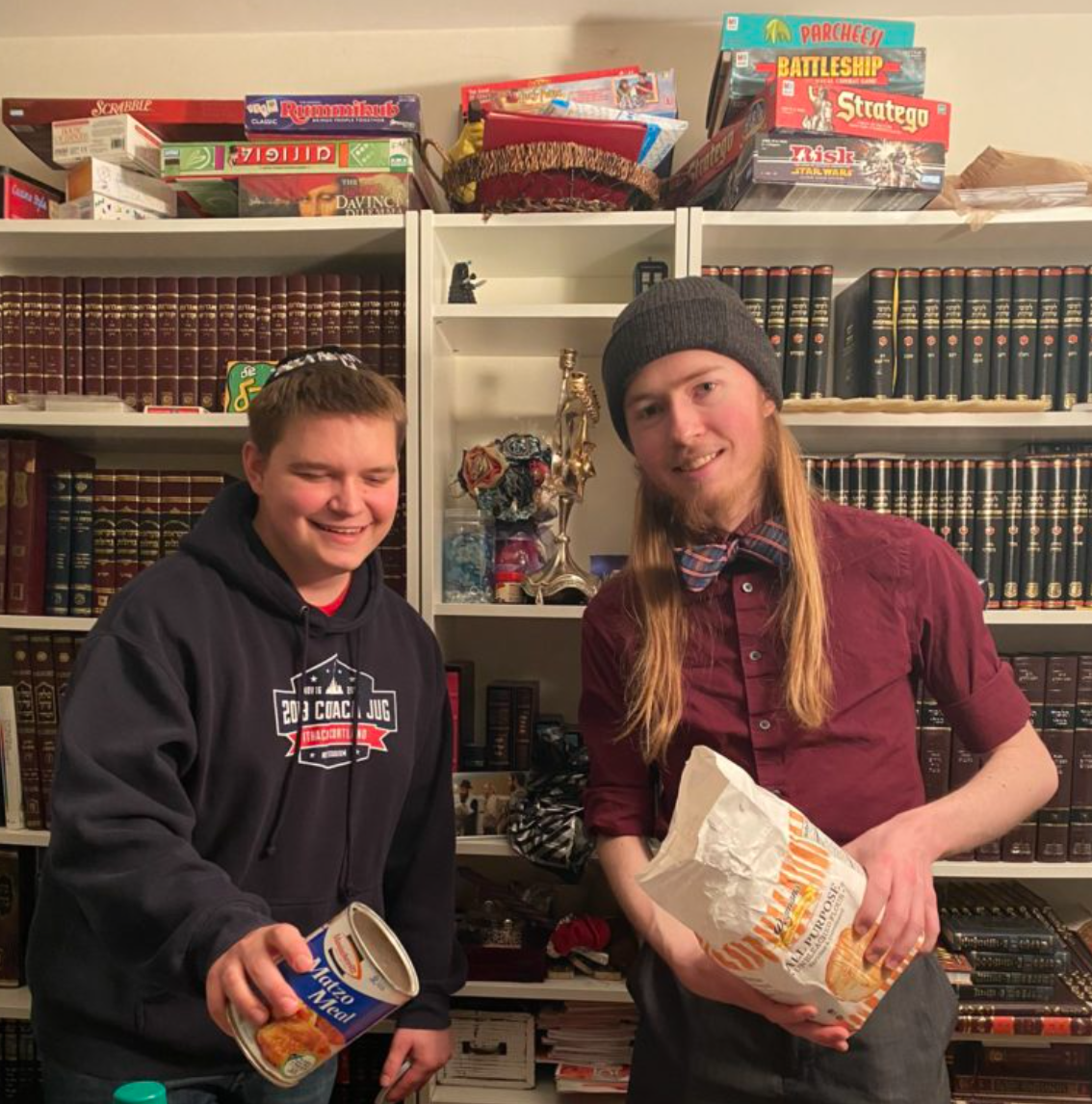
St. James AME Zion Church, located on Cleveland Street in Ithaca, was a station on the Underground Railroad. (Kristen Mirand/Ithaca Week)
Inside Historic Ithaca, Christine O’Malley flips through a stack of old news articles, documents and photos that chronicle abolitionist Frederick Douglass’s efforts in Ithaca to help enslaved people seeking freedom.
In 1852, Douglass spoke at one of the oldest standing churches in Ithaca, St. James AME Zion Church, located on the city’s Southside.
Constructed in 1836, St. James was a stop on the Underground Railroad, hosting abolitionists such as Douglass and Harriet Tubman.
“It’s long been known that many of the pastors who have served there had connections with helping people who were seeking freedom in the North,” said O’Malley, historic preservation service coordinator at Historic Ithaca.
O’Malley, church leaders and other community members are now collaborating to determine how best to preserve the historic church, one of the oldest African Methodist Episcopal (AME) churches in the country.
“They initially had problems with one of their eaves. Squirrels had gotten in and were eating at the wood and [the church] needed some background help, so that’s how we got connected with them,” O’Malley said.
Restoring and preserving the church is important to the congregation as it still continues to serve the community. St. James has received accolades and acknowledgments from the National Register of Historic Places and New York State Historical Landmark.

“Because it’s a frame church, so it’s wood, it’s very susceptible to damage from critters,” she said. “So this is always a challenge in any religious community when you have a small congregation and you’re trying to do repairs to your building. The the biggest challenge is finding the money.”
Cornell University Professor Gerard Aching, of the Africana Studies and Research Center, and other CU faculty members are assisting the church with preservation efforts.
On November 7, CU held its last series of their three part event: “Know You’re/Your Home: Three Migrations That Have Shaped Ithaca.” The event paired Cornell faculty with local leaders to discuss how migrations impact the community’s identity and formation.
“We’re very excited about the event,” Aching said. “It’s a partnership, it’s a collaboration between…St. James AME Zion Church, downtown, and for Cornell University.”
Aching teaches Underground Railroad Seminar: Grant Writing and App Building, through which students provide grant writing research for St. James and the William H. Seward House in Auburn – another stop on the Underground Railroad.
Writing grants can help with reconstruction or discovering more about the church’s history, according to Aching.
“[With] one grant, let’s get an archaeologist on board and see the extent of [the church] and what it is,” he said.

Students in Aching’s class also immerse themselves in the history of the Underground Railroad by visiting St. James. Aching said that, when his class visits, there’s something that “clicks” and opens up their “historical imagination.”
“They begin to wonder about the period, how [enslaved people] lived, what it meant to be on the Underground Railroad.”
The students’ intellectual curiosity helps them with grant writing and their ability to be empathetic about the circumstances in which freedom seekers were fleeing to the North, Aching said. This partnership continues to grow through this course and provides St. James with preservation resources.
“You don’t turn your back on a community partner, you’re engaged in a process of working with students as well as St. James,” he said. “This can grow into other areas that would bring other colleagues involved and other people from our community to be thinking about the meaning of an Underground Railroad.”

